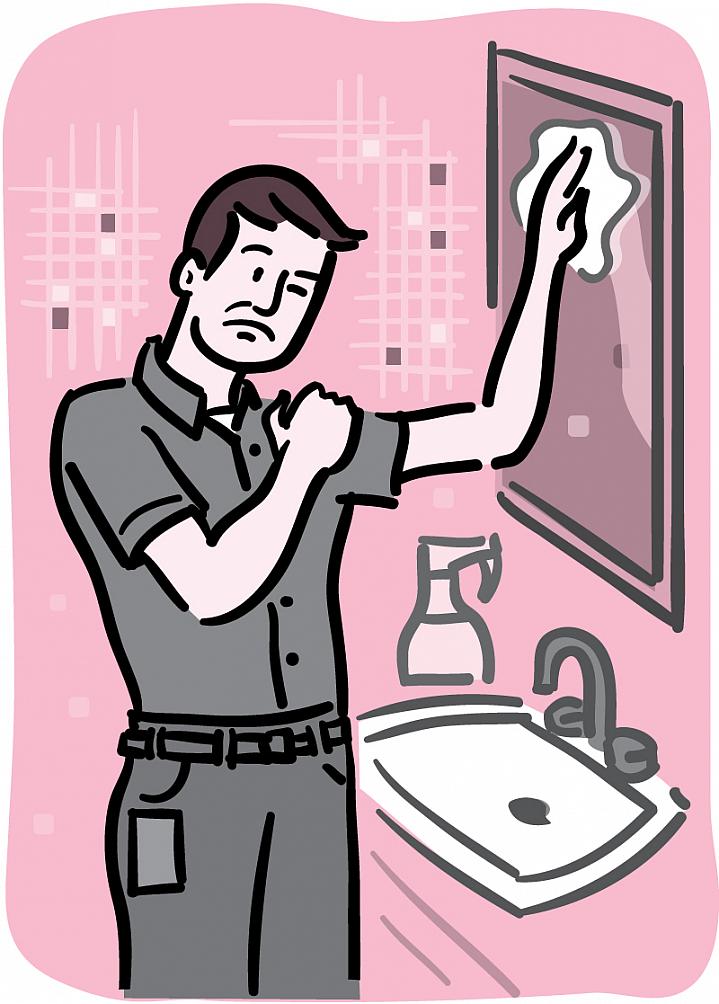Protect Your Tendons
Preventing the Pain of Tendinitis

You’ve probably heard of such sports injuries as tennis elbow or jumper’s knee. These are just 2 examples of tendinitis, a painful condition caused by overusing and straining the joints in your body.
Tendons are the tough but flexible bands of tissue that connect muscle to bones. You have about 4,000 tendons throughout your body. Tendons make it possible for you to bend your knee, rotate your shoulder, and grasp with your hand.
Tendinitis is inflammationHeat, swelling, and redness caused by the body’s protective response to injury or infection. of a tendon. (When you see “itis” at the end of a medical word, it means inflammation.) In tendinitis, the tendon gets inflamed and can rub against bone, making movement painful.
Tendinitis is usually caused by repeated motion, stress, or injury to certain muscles or joints. A sports or job-related injury is a common way to get tendinitis, but the condition can happen to anyone. Your risk for tendinitis also increases with age. “Tendons lose health as we get older and become less able to handle the load,” says Dr. Evan Flatow, an orthopedistA specialist who treats injuries and disorders of the skeleton, including of the muscles and tendons. Also called an orthopedic surgeon. at Mount Sinai Roosevelt Hospital in New York.
Any activity that requires repetitive wrist turning or hand gripping, jumping or bending, pulling, pushing, or lifting can irritate the tendons. Some of the most common places to get the condition are in the shoulders, elbows, hands, wrists, knees, and ankles. Gardeners, carpenters, musicians, and other people whose work regularly places stress around the same tendons are at increased risk for developing tendinitis.
If treated early, tendinitis is usually a short-term condition. But it can come back if the tendon is aggravated over and over again. If tendinitis keeps affecting the same area over time, the tendon can weaken and tear or break.
If you have pain or swelling—and especially if you can’t move a joint at all—contact a primary care doctor or an orthopedist. They can perform tests to pinpoint the exact areas of inflammation. You may also get an MRI scan or X-ray to check for a tear in the tendon or rule out other conditions, such as arthritis.
The first step in treating tendinitis is to reduce pain and swelling. Be sure to rest the swollen tendon so it can heal. “We have to break the cycle of inflammation to allow therapy to work,” Flatow says. A doctor may prescribe medicines that relieve inflammation (such as aspirin or ibuprofen), give steroid injections, or give you a splint or brace. Then gentle exercises can help strengthen the tendon.
If a tendon becomes torn, surgery might be needed to repair the damage. NIH-funded researchers such as Flatow are working to develop new ways to repair and regenerate tendons without surgery.
Regular physical activity helps keep muscles, bones, and tendons strong, and can lower your risk of injury and tendinitis. But be careful not to overdo it so you don’t injure yourself.
“Keep joints limber,” Flatow advises. “Warm up and stretch before physical activity to prevent sudden injury.” Take care of your tendons so they can keep you painlessly bending and flexing your muscles long into old age.
NIH Office of Communications and Public Liaison
Building 31, Room 5B52
Bethesda, MD 20892-2094
nihnewsinhealth@od.nih.gov
Tel: 301-451-8224
Editor: Harrison Wein, Ph.D.
Managing Editor: Tianna Hicklin, Ph.D.
Illustrator: Alan Defibaugh
Attention Editors: Reprint our articles and illustrations in your own publication. Our material is not copyrighted. Please acknowledge NIH News in Health as the source and send us a copy.
For more consumer health news and information, visit health.nih.gov.
For wellness toolkits, visit www.nih.gov/wellnesstoolkits.



